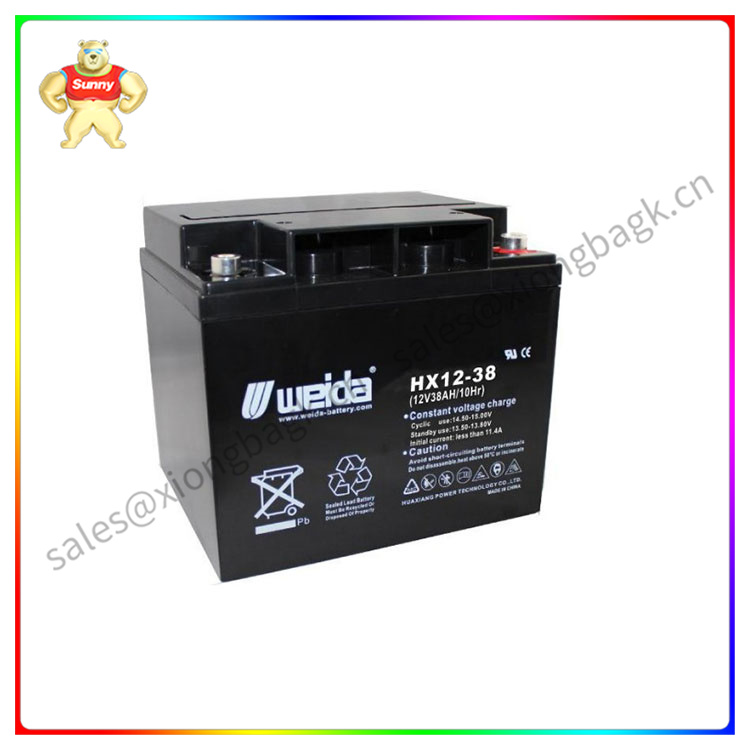Causes of early damage and proper use and storage of batteries
1) Causes of early damage
① The size of pole pile and chuck do not meet, the installation is too loose, the contact is poor, can not work normally; The installation is too tight, and the pole is easily damaged by hard prying when disassembling.
(2) Fixing is not reliable, the vehicle produces violent vibration during driving, so that the rubber seal, shell and cover are split.
③ The charging current is too large, causing the active substance on the plate to accelerate the fall off.
④ The starting time is too long, which causes the battery to discharge sharply, causing the plate to bend and the active substance to crack.
⑤ Place or use in the case of insufficient charge for a long time to vulcanize the plate.
⑥ The electrolyte level is lower than the plate, so that the exposed part is vulcanized.
The electrolyte contains impurities, mainly distilled water is not pure and copper, iron and other metal containers are used when preparing the electrolyte. These impurities will form a “small circuit” in the battery, causing the battery to accelerate its self-discharge.

weida
(2) Method of proper use and storage of Viada battery
① The shell should be kept clean, such as electrolyte leakage too much, to use soda water or warm water to wipe the shell clean.
② The liquid cap should be tightened and the air vent should be dredged.
③ Pole pile and chuck should be kept clean to make good contact. Apply a layer of petroleum jelly or butter when connected.
④ Viada battery bracket should be cushioned with rubber, felt and other soft substances.
⑤ The liquid level should be 10 ~ 15mm higher than the plate, and it should be checked frequently and distilled water should be added in time. River water and well water contain a lot of minerals and should never be used. In case of loss and omission, electrolyte should be added and specific gravity measured.
Timely adjust the proportion of electrolyte, and to prevent freezing. The battery is used under the condition of 0℃. The electrolyte density can be appropriately increased (see Table 75) to prevent the electrolyte from freezing and cracking the shell.
Each start shall not exceed 12 seconds, the interval time of re-use shall not be less than 1 minute, and when it is used for more than 3 consecutive times, it should be used again after an interval of 15 minutes.
The working of the charging system should be normal, and the charging amount should be appropriate (if it is not confirmed that the regulator is faulty, the regulator should not be adjusted at will).
⑨ Stop the vehicle, charge and discharge once a month. In winter, it should be placed indoors above 5 ° C to prevent frost damage.
⑩ Long-term use should be dry storage. If the battery is out of service for more than 1 year, or if it is impossible to charge during the out of service, it should be dry stored (that is, stored without electrolyte). The treatment method is: first, the battery is fully charged with a 20-hour rate of current, and then the current is exiled to a single cell voltage of 1.90 volts, and then pour out the electrolyte, inject distilled water to infiltrate 12 to 15 / hour (every 3 hours to change the distilled water, about 4 to 5 times), so that the residual electrolyte in the plate microhole is fully diluted. And then according to the type of battery, dry storage.
 中文版
中文版




